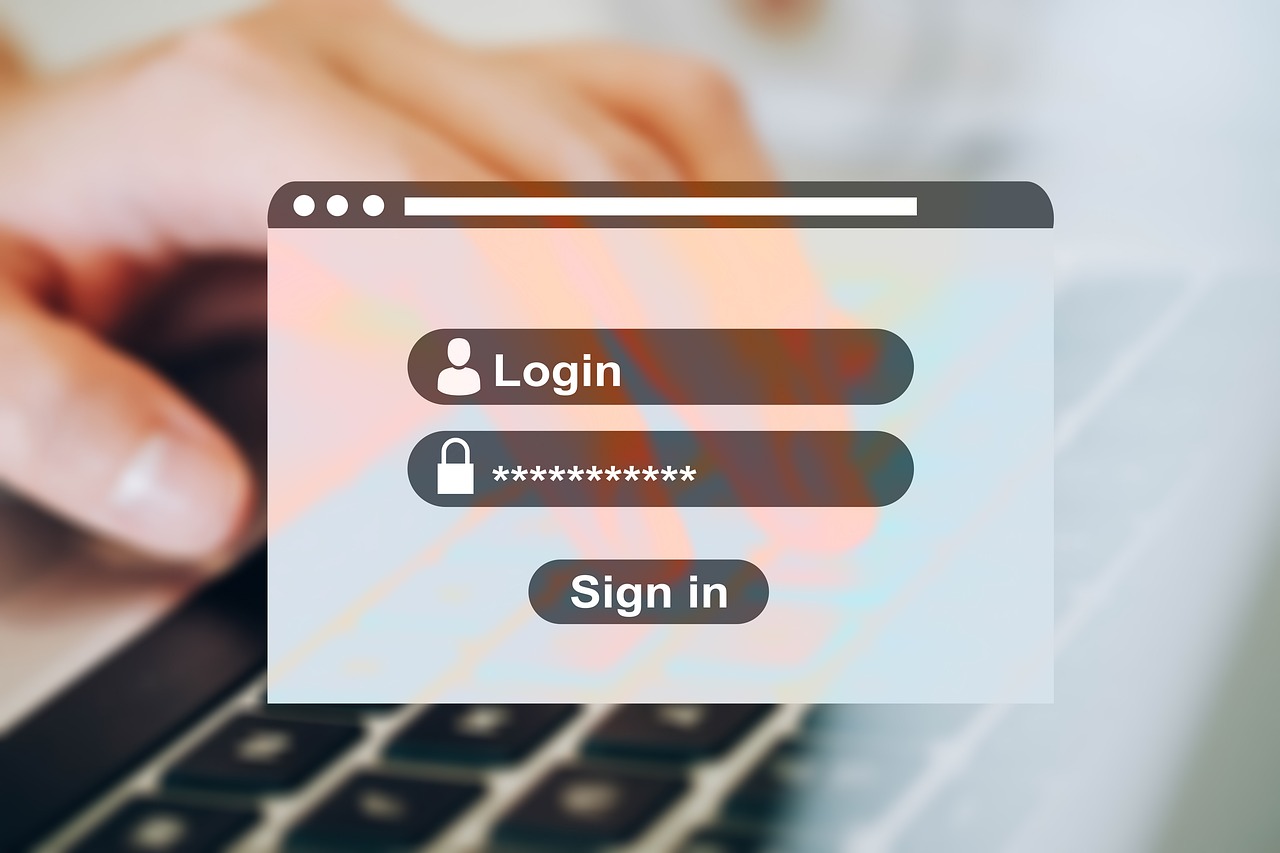Personal Finance Apps: Encrypting PII In-Use for Enhanced Security

In the digital age, personal finance applications have become indispensable tools for individuals seeking to manage their finances efficiently. These apps offer a wide range of functionalities, from budgeting to investment tracking. However, the increased reliance on these platforms has raised significant concerns about the security of personal information, particularly Personally Identifiable Information (PII). To address these concerns, many personal finance apps are now employing advanced encryption technologies to protect PII in-use.
PII refers to any data that could potentially identify a specific individual. This includes information such as names, addresses, social security numbers, and financial details. The protection of PII is critical, as its compromise could lead to identity theft, financial fraud, and other security threats. Encryption, particularly when applied to data in-use, plays a crucial role in safeguarding this sensitive information.
The Importance of Encrypting In-Use Data
While encryption of data at rest (stored data) and data in transit (data being transferred) is well-established, encrypting data in-use presents unique challenges and opportunities. Data in-use refers to information actively being processed, and encrypting it ensures that even if a system is breached, the data remains secure from unauthorized access. This is particularly relevant for personal finance apps, where sensitive operations such as authentication, transaction processing, and account management are constantly performed.
Encrypting data in-use involves complex techniques such as homomorphic encryption and secure multi-party computation. These methods allow computations to be performed on encrypted data without decrypting it first, thus maintaining privacy while enabling app functionality. This approach is essential for maintaining user trust and compliance with global data protection regulations.
Global Context and Regulations
Globally, data protection regulations are evolving to address the growing concerns about data privacy and security. The European Union’s General Data Protection Regulation (GDPR) and the California Consumer Privacy Act (CCPA) in the United States are examples of stringent regulatory frameworks that mandate robust data protection measures, including encryption. These regulations apply not only to data at rest and in transit but increasingly emphasize the protection of data in-use.
Moreover, financial institutions and fintech companies are subject to industry-specific standards such as the Payment Card Industry Data Security Standard (PCI DSS), which also advocate for strong encryption practices. Personal finance apps, therefore, must adhere to these standards to ensure compliance and avoid substantial penalties.
Challenges and Technological Developments
The implementation of in-use encryption in personal finance apps is not without its challenges. Performance overhead, complexity of integration, and the need for specialized cryptographic expertise are significant hurdles. However, advancements in technology are paving the way for more efficient solutions.
- Performance Optimization: New cryptographic algorithms and hardware acceleration techniques are being developed to minimize the performance impact of encryption on user experience.
- Scalability: Cloud-based solutions and microservices architectures offer scalable encryption solutions that can handle large volumes of data without significant delays.
- User Experience: Ensuring encryption processes are seamless and transparent to users is key to maintaining a positive user experience while enhancing security.
Conclusion
As personal finance apps continue to integrate deeper into the financial lives of individuals, the importance of encrypting PII in-use cannot be overstated. By leveraging advanced encryption technologies, these applications not only protect sensitive information from potential breaches but also align with global data protection regulations. While challenges remain, ongoing technological advancements promise to enhance the security and reliability of personal finance apps, safeguarding user data in an increasingly digital world.
















